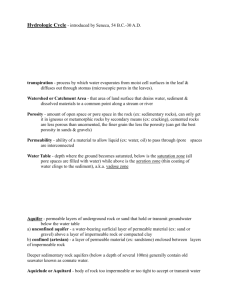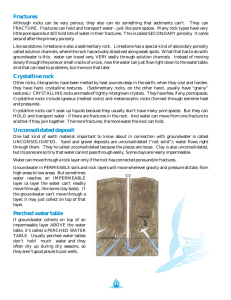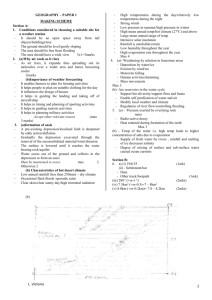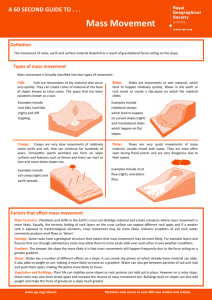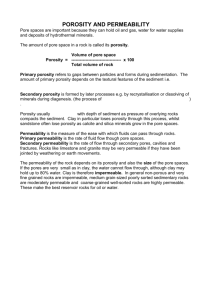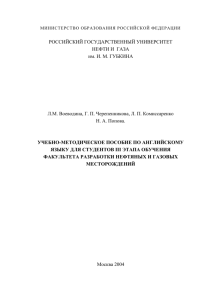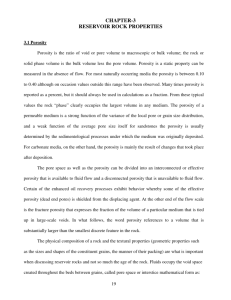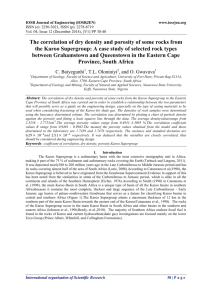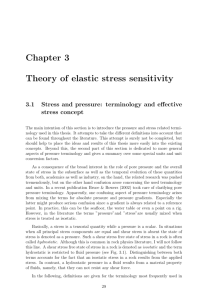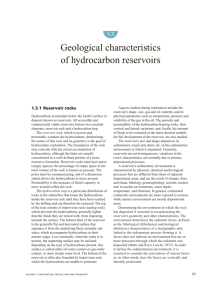Variations in vegetation in response to differences in Rock Type:
advertisement
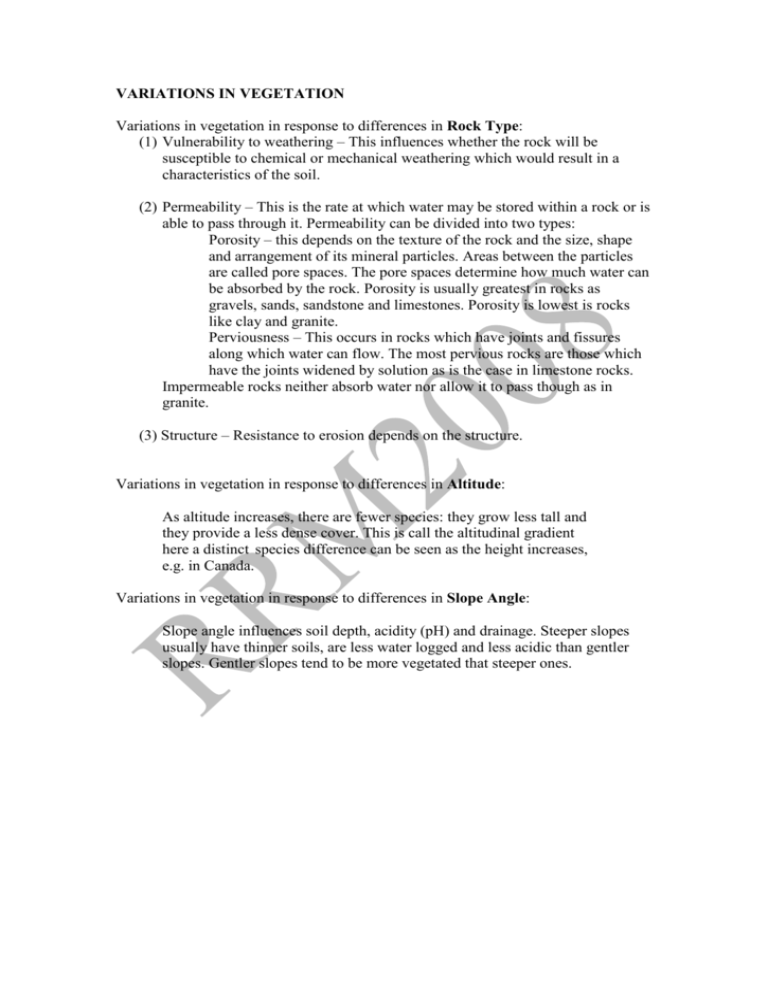
VARIATIONS IN VEGETATION Variations in vegetation in response to differences in Rock Type: (1) Vulnerability to weathering – This influences whether the rock will be susceptible to chemical or mechanical weathering which would result in a characteristics of the soil. (2) Permeability – This is the rate at which water may be stored within a rock or is able to pass through it. Permeability can be divided into two types: Porosity – this depends on the texture of the rock and the size, shape and arrangement of its mineral particles. Areas between the particles are called pore spaces. The pore spaces determine how much water can be absorbed by the rock. Porosity is usually greatest in rocks as gravels, sands, sandstone and limestones. Porosity is lowest is rocks like clay and granite. Perviousness – This occurs in rocks which have joints and fissures along which water can flow. The most pervious rocks are those which have the joints widened by solution as is the case in limestone rocks. Impermeable rocks neither absorb water nor allow it to pass though as in granite. (3) Structure – Resistance to erosion depends on the structure. Variations in vegetation in response to differences in Altitude: As altitude increases, there are fewer species: they grow less tall and they provide a less dense cover. This is call the altitudinal gradient here a distinct species difference can be seen as the height increases, e.g. in Canada. Variations in vegetation in response to differences in Slope Angle: Slope angle influences soil depth, acidity (pH) and drainage. Steeper slopes usually have thinner soils, are less water logged and less acidic than gentler slopes. Gentler slopes tend to be more vegetated that steeper ones.
